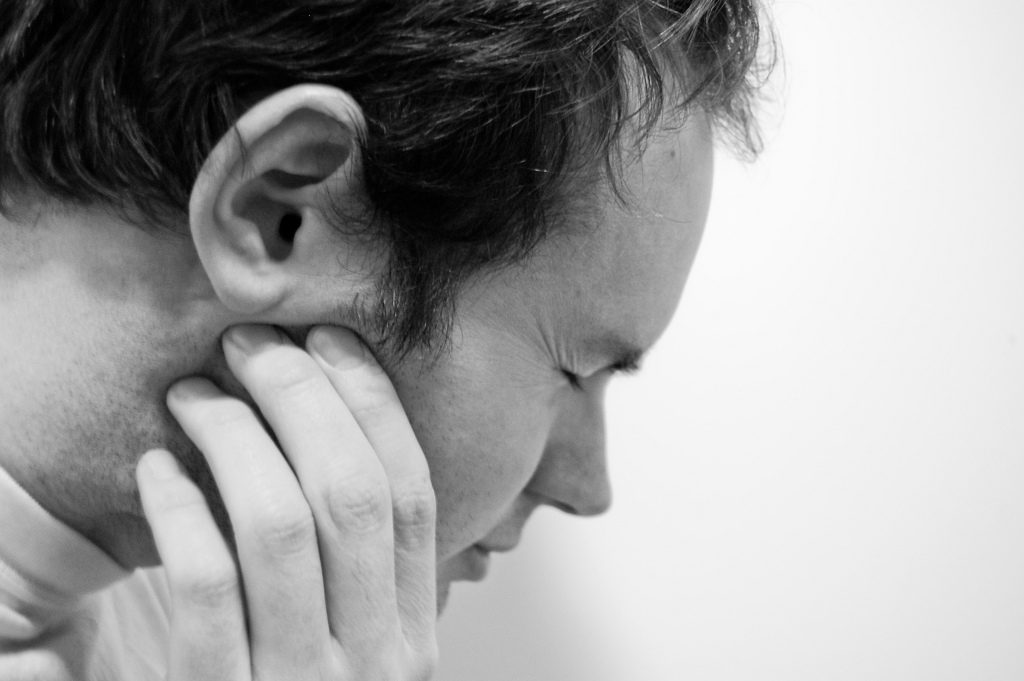
Sleep apnea is one of the foremost medical problems facing American society. Fortunately, there are many ways that a sleep dentist can help to treat the problem, from spotting common symptoms to crafting a customized anti-apnea appliance. But part of the process of treating apnea is correcting the misconceptions that have grown up around the condition. With that in mind, let’s look at some of the most common beliefs about apnea and weight loss.
The Truth about Apnea and Weight Loss
First let’s consider three things that medical experts know for sure:
- People who are overweight are more likely to suffer from sleep apnea and vice versa. The two problems often occur… (Read More)









